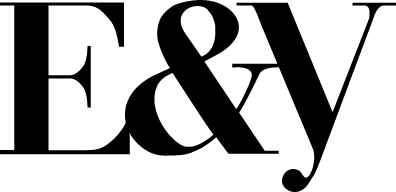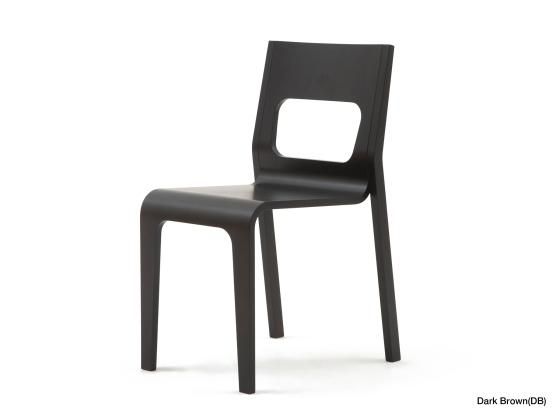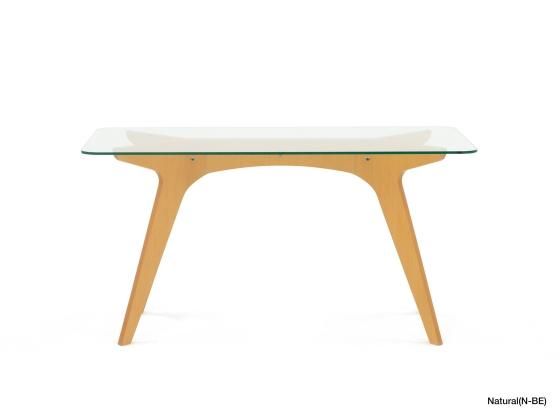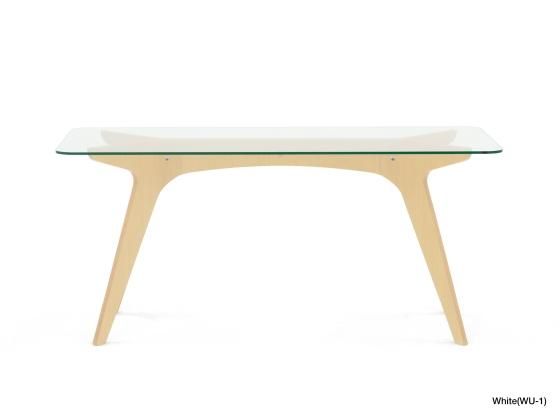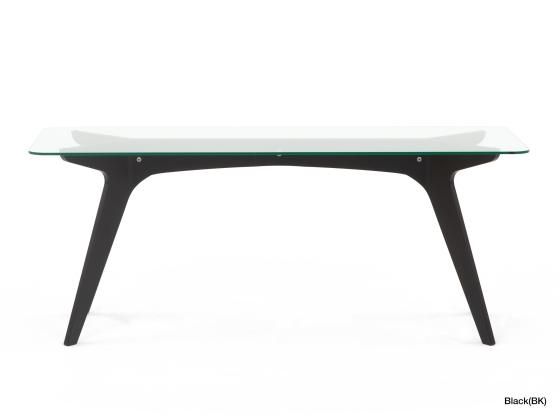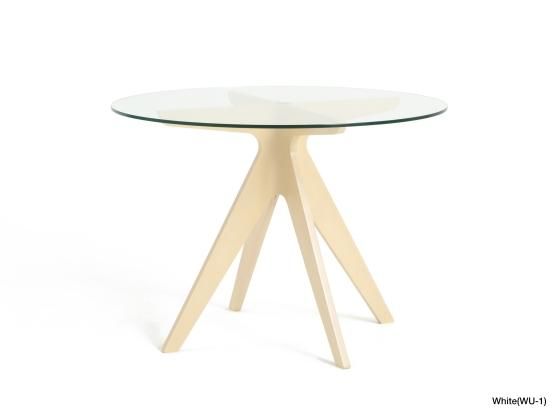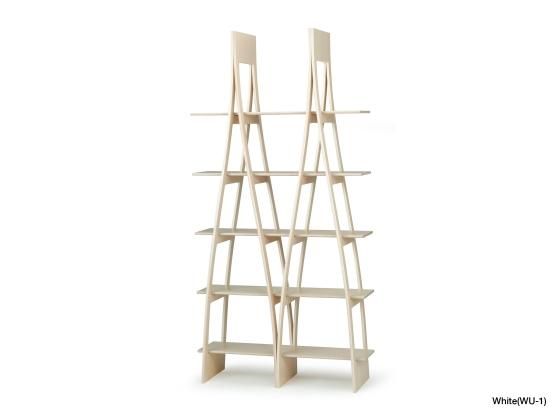
Alex Macdonald - INTERVIEW
イギリス出身のALEX MACDONALDは、扱う素材の自然な特性を活かしたデザインと独自の合理的な方法で家具を製作してきました。
今回は、素材や構造、工法をテーマとし、彼の大事にしていることや考えについて話を伺いました。
家具やデザインに興味を持つきっかけとなった人物や出来事などがあれば教えてください。
私がものづくりに興味を持つようになったのは、エンジニアだった祖父の影響です。彼の家には道具がたくさんあり、子供の頃祖父の家に遊びに行った時、まだ幼かったためその工具が何をするものなのかを理解することもできなかったけれど、いつも小さな工具をくれました。
その中には今だに使い方が理解できない工具もありますが、もらった工具は今も持っていて、そのうちのいくつかは毎週使っているくらいに大切な工具です。

もうひとつ私の興味をかき立てたのは、学校の図書館にあったデビッド・パイの『芸術と技巧の本質』という本でした。
素材の性質や、作り方がどのように物の感触や性質に影響するかについて書かれたかなり複雑な本です。
柳宗悦の『日用品の美』と似た本です。

家具に使用される素材は、木材からアルミニウムやスチールなどの金属、プラスチックなど様々な素材がありますが、一番最初に作った家具は何でしょうか。
私が初めて作った家具は、13歳のときに作った木製の椅子でした。自分ではとてもよくできたと思っていたが、座り心地が良くありませんでした。 誰も長く座ることができなかったので、実は今でも良い状態で保たれています。

1999年に発表した「DISPLAY SHELVES」はプライウッド(成形合板)の頑丈さとしなやかさを活かしたシェルフです。
素材を活かした緩やかなカーブを描いた駆体は、検証段階で生まれた形なのでしょうか。
それとも頭の中で構想してから実際に形に落とし込んだのでしょうか。
DISPLAY SHELVESをデザインする時に2つのアイデアがありました。
まず一つは合板の特性と素材の力を試すということです。
そしてもう一つは今住んでいるウェールズとイングランドとを結ぶ橋のデザインを気に入っていて、そのデザインの可能性を探るということです。
物をディスプレイするのに最適な家具をデザインすることがデザインをする上での基準ではなく、素材に対しての探りや橋からインスピレーションを受け、このようなデザインになりました。

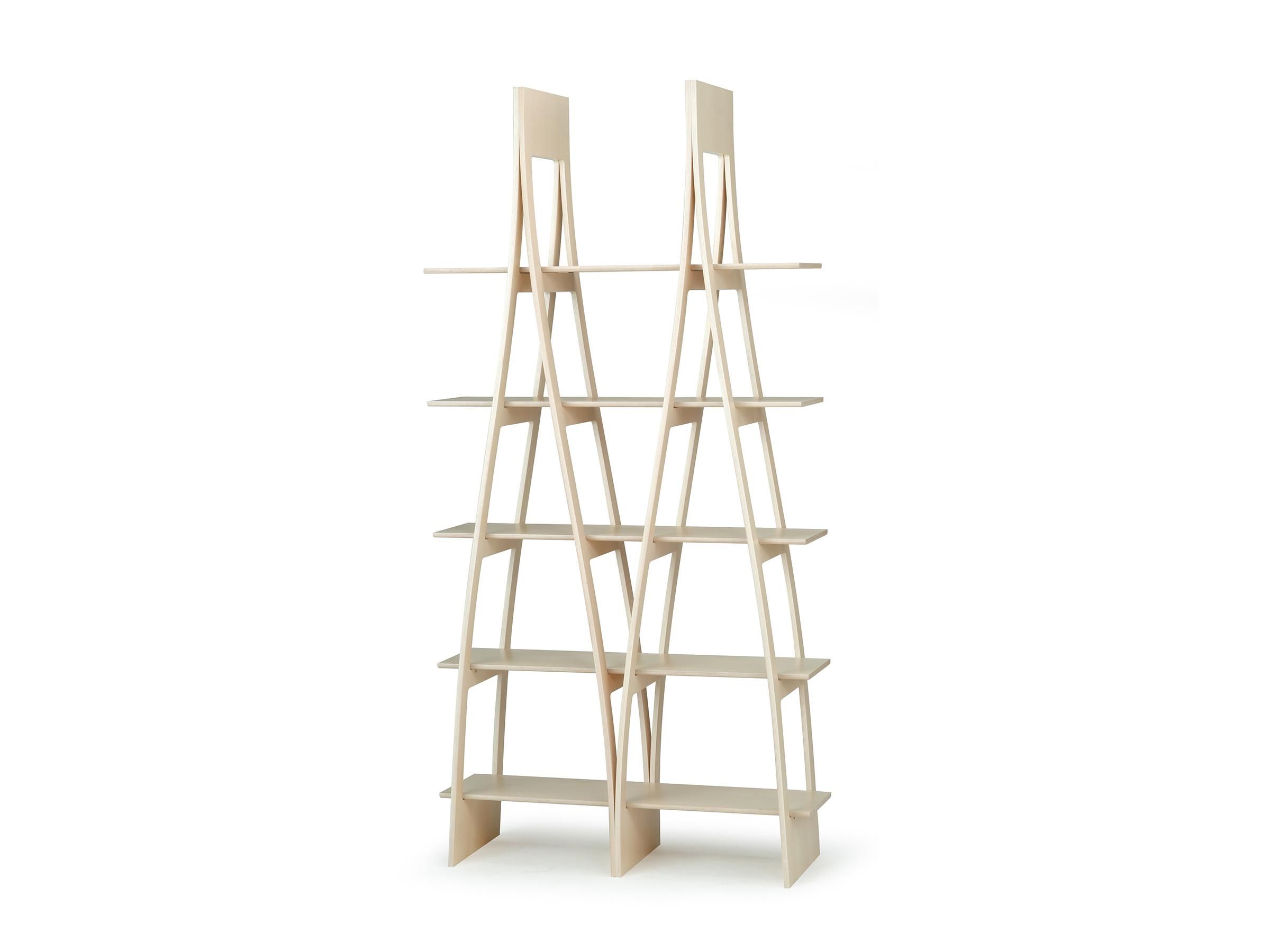
「 PEGASUS DINING TABLE」や「PEGASUS ROUND TABLE」は成形合板ならではの、同じ形が組み合わさった合理的なデザインで構成されており、また素材の特徴でもある綺麗な木口の積層面が魅力的です。
家具をデザインする上で、形や工法など何を念頭に置いて進められているのですか。
合板を積層して成型する工程にとても興味を持つようになり、工房でたくさんの検証や実験をしていました。
当時、私は家具工場の大きな能力について知らなかったため、曲げは45度のみで、基本的で簡単なテクニックを使ってテーブルを設計しました。
ですが、このテーブルのシンプルなシンメトリーと形状こそがこのテーブルの魅力だと思います。

日本の工場で学んでいた期間がありますが、学ぶ前と学んだ後、そして現在、それぞれおいて大規模なものづくりという面でどのような変化がありましたか。
私は日本の工場で学んだ後、大規模なものづくりにはあまり携わらず、小規模な工房との仕事がほとんどでした。
そのためこの質問に答えるのはとても難しいですが、今では環境への意識がはるかに高まり、職場の健康と安全が向上し、洗練されたテクノロジーがより迅速な開発、カスタマイズ、そして高い品質を提供することに繋がっていると言えるのではないでしょうか。
30年以上木材を用いた家具の製作やデザインに携わってきましたが、製作する上で意識している、あるいは大事にしていることはありますか。
デザインするときに意識していることがあるとすれば、仕上がりだけでなく形状も含めて、使う人が10年、20年と満足して使っていただけるかどうかということです。
Alex Macdonald - INTERVIEW
ALEX MACDONALD, from the England, has been creating furniture with a unique and rational way of designing and utilizing the natural characteristics of the materials he handles.
In this interview, we talked with him about his ideas and thoughts on the themes of materials, structure, and construction methods.
Please tell us about any person or event that sparked your interest in furniture and design.
My interest in making things was sparked by my Grandfather, he was an engineer, and his house was full of tools. Whenever we visited him he would give me a small tool , even though I was to young to use it or understand what it did. Now, I still have these tools and use use some of them every week.
Some of them I still don’t understand.

The other thing that sparked my interest was a book in the school library.
It was called “The Nature of Art and Workmanship” by David Pye.
It was quite a complicated book about the qualities of materials, and how the methods of making affected the feel and nature of an object. It is a similar book to “ The Beauty of everyday things” by Soetsu Yanagi.

There are various materials used for furniture, from wood to metals such as aluminum and steel, and plastics, What was the first piece of furniture you made?
The first piece of furniture I made was a wooden chair made when I was 13 years old. I thought I was very clever, but the chair was VERY uncomfortable.
It is still in good condition because no one could sit in it for very long.

"DISPLAY SHELVES", which was released in 1999, is a shelf that utilizes the sturdiness and flexibility of plywood (molded plywood).
Was the gentle curve of the body, which makes full use of the material, created during the verification stage? Or was it conceived in your mind and then actually put into shape?
With the display shelves I had 2 ideas in my head,I wanted to explore or test the capability and quality of plywood, also I really liked the design of the bridge between England and Wales ( where I now live) So The design is a combination of these things, I am afraid Designing the best possible piece of furniture to display objects was not my main criteria.

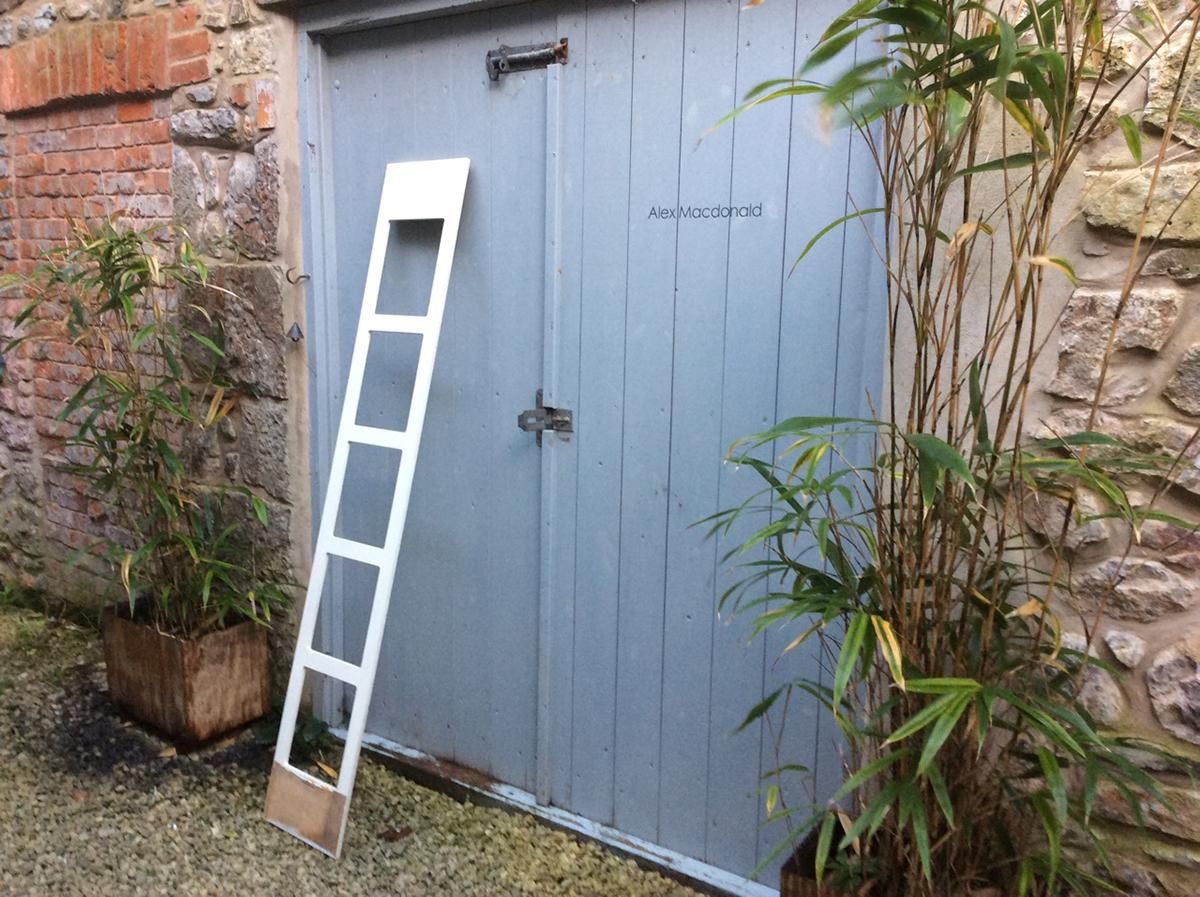
"PEGASUS DINING TABLE" and "PEGASUS ROUND TABLE" are both made of molded plywood are composed of the same shape, which is a rational design only possible with molded plywood, and the beautiful laminated surface of the wood, which is a characteristic of the material, is also attractive.
What do you keep in mind when designing furniture, in terms of shape and construction method?
I became very interested in the process of laminating and moulding plywood, so I was doing lots of tests and experiments in my workshop. I designed the table using the basic and simple techniques to hand, there is only a 45 degree bend. I was ignorant of the huge capabilities of furniture factories then.
But I think the simple symmetry and shapes make the charm of the table.

You studied at a factory in Japan for a period of time.
What changes have you seen in the field of manufacturing before, after, and now after your study abroad?
This question about the changes in manufacturing is very difficult for me to answer.
Since I worked in the Japanese factory, I have not been very involved in large scale manufacturing, I have mostly worked on smaller workshop scale.
I can say there is much more environmental awareness, more health and safety in workplace and sophisticated technology means quicker development, customisation and higher quality.
You have been involved in the production and design of furniture using wood for over 30 years.
Is there anything that you are conscious of or value in your production?
If there is one thing I am conscious of when designing, it is about the longevity of the product, not just the workmanship but also the style, will the customer still be happy and using the product for 10 or 20 years.
-
![PEGASUS CHAIR]() PEGASUS CHAIR
ALEX MACDONALD, 2002¥66,000(税込)
PEGASUS CHAIR
ALEX MACDONALD, 2002¥66,000(税込)
-
![PEGASUS DINING TABLE(S)]() PEGASUS DINING TABLE(S)
ALEX MACDONALD, 1999¥170,500(税込)
PEGASUS DINING TABLE(S)
ALEX MACDONALD, 1999¥170,500(税込)
-
![PEGASUS DINING TABLE(M)]() PEGASUS DINING TABLE(M)
ALEX MACDONALD, 1999¥181,500(税込)
PEGASUS DINING TABLE(M)
ALEX MACDONALD, 1999¥181,500(税込)
-
![PEGASUS DINING TABLE(L)]() PEGASUS DINING TABLE(L)
ALEX MACDONALD, 1999¥192,500(税込)
PEGASUS DINING TABLE(L)
ALEX MACDONALD, 1999¥192,500(税込)
-
![PEGASUS ROUND TABLE]() PEGASUS ROUND TABLE
ALEX MACDONALD, 2002¥198,000(税込)
PEGASUS ROUND TABLE
ALEX MACDONALD, 2002¥198,000(税込)
-
![DISPLAY SHELVES]() DISPLAY SHELVES
ALEX MACDONALD, 1999¥165,000(税込)
DISPLAY SHELVES
ALEX MACDONALD, 1999¥165,000(税込)
